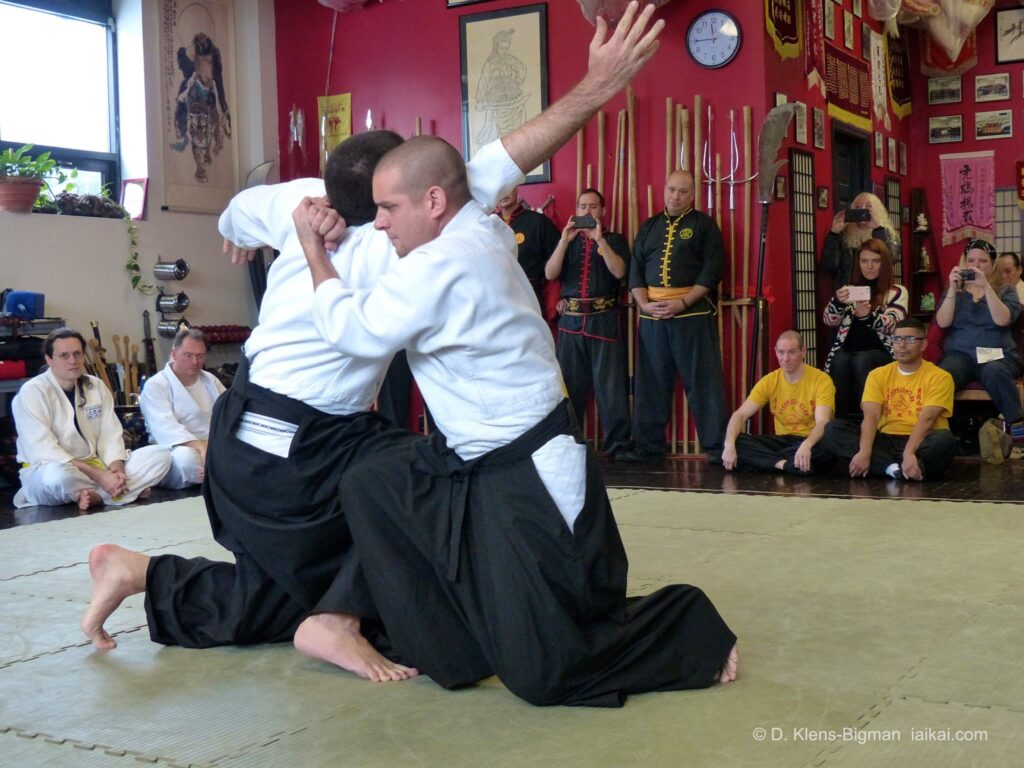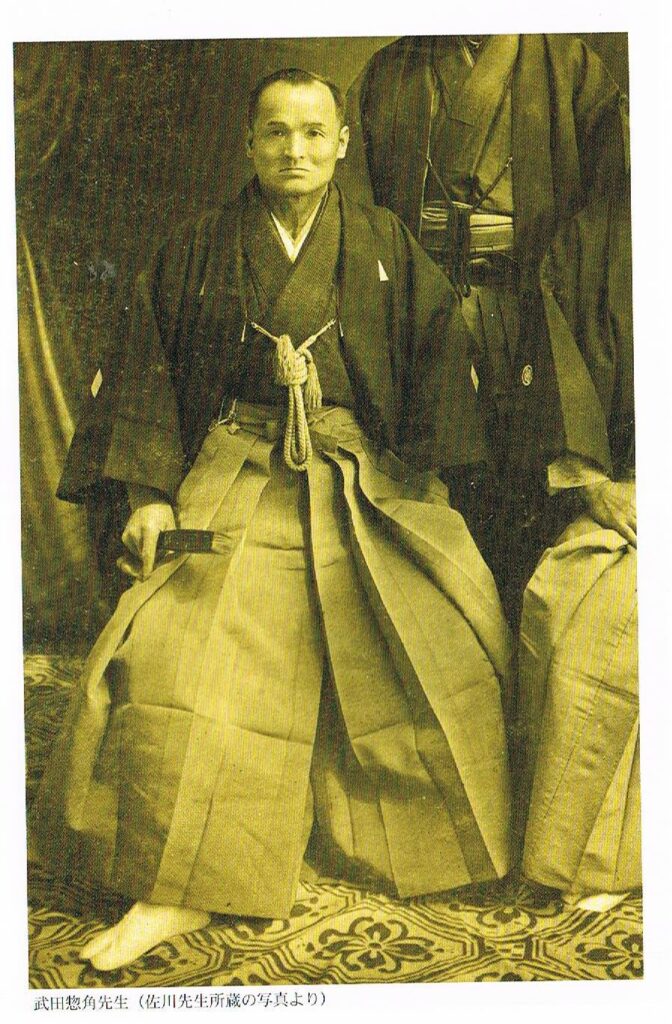
Introduction
Martial arts have a rich and diverse history, with each discipline offering its own unique techniques, philosophy, and culture. One of the lesser-known but incredibly fascinating martial arts is Daito-ryu Aikijujutsu. This ancient Japanese martial art has a history that stretches back centuries and has influenced many modern martial arts, most notably Aikido. In this blog post, we will explore the captivating history of Daito-ryu Aikijujutsu and its impact on the world of martial arts.
Daito-ryu Aikijujutsu, often simply referred to as Daito-ryu, is a traditional Japanese martial art that focuses on the use of joint locks, throws, and pressure points. Its roots can be traced back to the late 19th and early 20th centuries in Japan.

Sokaku Takeda was born in 1860 in Japan and came from a long line of martial artists. He began his martial arts training at a young age, learning various forms of jujutsu, aiki-jujutsu, and swordsmanship. Over time, he traveled throughout Japan, honing his skills and studying under many different martial arts masters. Takeda’s experiences and insights led him to develop his own unique system of martial arts, which he called “Daito-ryu Aikijujutsu.”
The Philosophy and Techniques of Daito-ryu
Daito-ryu Aikijujutsu is characterized by its focus on the principles of aiki, which involve blending with an opponent’s movements, redirecting their energy, and using minimal force to control or neutralize an attack. This philosophy places a strong emphasis on timing, balance, and the application of precise joint locks and pressure points.
Daito-ryu practitioners are taught to use their opponent’s own energy and movements against them. Through the application of aiki principles, a skilled practitioner can control and subdue an attacker without resorting to brute force, making it an ideal martial art for self-defense.
The Influence on Aikido
One of the most significant aspects of Daito-ryu Aikijujutsu’s history is its profound influence on Aikido, another popular Japanese martial art. Morihei Ueshiba, the founder of Aikido, studied Daito-ryu under Sokaku Takeda in the early 20th century. Ueshiba combined the techniques and principles of Daito-ryu with his own spiritual and philosophical beliefs to create Aikido.
Aikido’s focus on harmony, blending, and non-aggressive self-defense can be directly attributed to its Daito-ryu roots. While Aikido became more widely known and practiced worldwide, Daito-ryu Aikijujutsu remained relatively obscure and passed down through a select group of instructors and students.
Modern Resurgence and Preservation
In recent years, Daito-ryu Aikijujutsu has seen a resurgence in interest, thanks in part to the efforts of several dedicated practitioners and organizations. Various branches of Daito-ryu have emerged, each with its own curriculum and approach, all of which aim to preserve and promote the art. These organizations have played a crucial role in keeping the legacy of Daito-ryu alive for future generations.
Conclusion
Daito-ryu Aikijujutsu may be a lesser-known martial art, but its history and influence are undeniable. From its origins in the late 19th century to its profound impact on Aikido, Daito-ryu has a rich and fascinating legacy. Today, it continues to be practiced and respected by martial artists who appreciate its unique philosophy and techniques. The history of Daito-ryu Aikijujutsu serves as a testament to the enduring power and depth of Japanese martial arts, and it remains an integral part of the martial arts world.
Daitoryu Aiki-jujutsu Tora Dojo located at 162 Forest Road Fanwood, NJ
For more info please email us @ info@daitoryu.org

